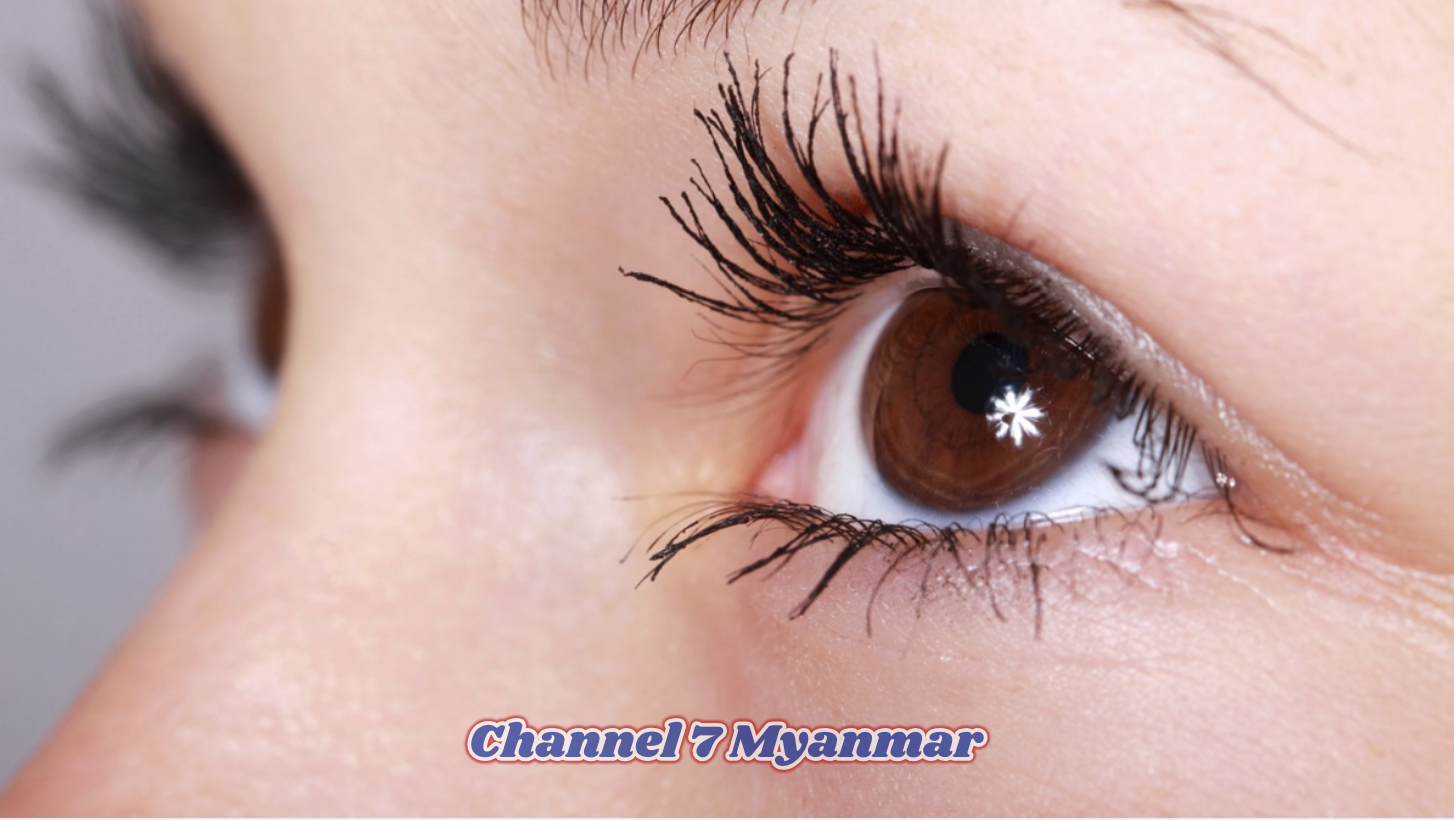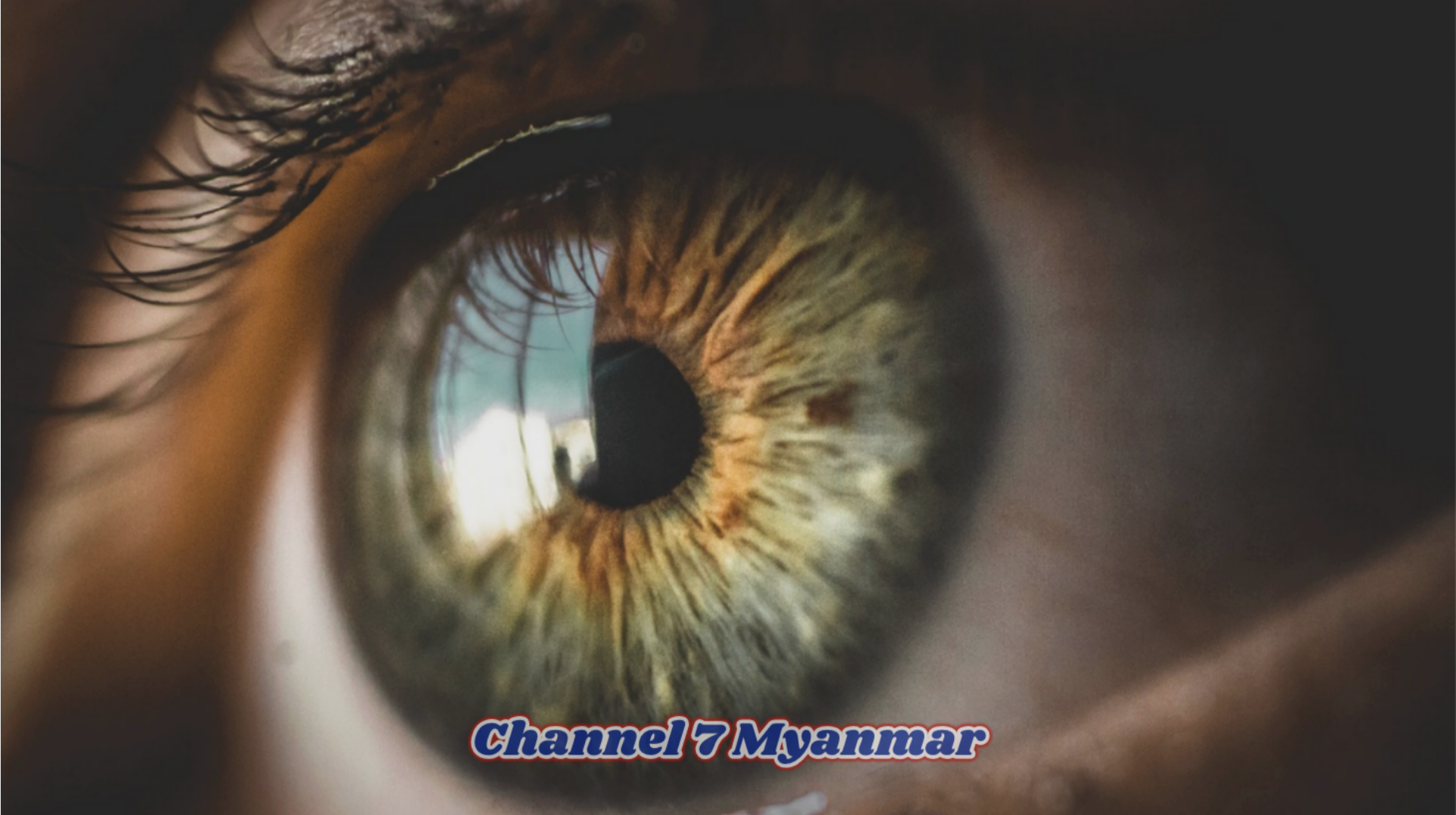Partial Damage to the Cornea: Causes, Symptoms, Diagnosis, and Treatment
Introduction
The human eye is a marvel of intricate design and function, and at its forefront lies the cornea – a transparent, curved layer that plays a pivotal role in focusing light onto the retina. However, despite its remarkable resilience, the cornea is susceptible to various injuries, infections, and conditions that can lead to partial damage. Understanding the causes, recognizing the symptoms, seeking proper diagnosis, and exploring treatment options are vital steps in managing and preserving the health of this essential ocular structure.
I. Causes of Partial Corneal Damage
Trauma and Accidents:
The cornea is at the forefront of the eye’s protective mechanisms, making it vulnerable to direct physical trauma. A sudden impact, foreign object, or even accidental eye rubbing can result in partial damage, manifesting as scratches, abrasions, or minor cuts on the corneal surface.
Corneal Erosion:
This condition occurs when the outermost layer of the cornea, known as the epithelium, fails to adhere properly to the underlying tissue. Corneal erosion may arise due to an injury, underlying corneal dystrophies, or genetic factors, leading to recurrent discomfort and partial damage.
Dry Eye Syndrome:
Inadequate tear production or poor tear quality can result in dry eye syndrome. Insufficient lubrication can cause friction between the eyelid and the cornea, leading to irritation, inflammation, and partial damage.
Infections:
Bacterial, viral, or fungal infections can target the cornea, resulting in inflammation and potential damage. Conditions like bacterial keratitis or viral conjunctivitis can cause discomfort, redness, and partial corneal compromise if left untreated.
Degenerative Disorders: Certain conditions, such as keratoconus, involve the progressive thinning and bulging of the cornea. This deformation can lead to partial corneal damage and distortions in vision.
II. Symptoms of Partial Corneal Damage
Partial corneal damage can give rise to a range of uncomfortable symptoms, which may include:
Eye Discomfort:
Individuals with partial corneal damage often report sensations of grittiness, foreign body sensation, or general discomfort within the affected eye.
Redness and Swelling:
Inflammation caused by injury, infection, or irritation can lead to visible redness and swelling of the eye’s surface.
Visual Disturbances:
Partial corneal damage can lead to visual disruptions such as blurriness, haziness, halos around lights, or even double vision.
Increased Sensitivity to Light:
Photophobia, or heightened sensitivity to light, can be a common symptom of partial corneal damage due to the irritation of the eye’s surface.
Tearing or Dryness:
Depending on the specific underlying cause, individuals may experience excessive tearing in response to irritation or, conversely, a sensation of dryness due to inadequate tear production.
III. Diagnosis and Evaluation
Timely and accurate diagnosis of partial corneal damage is crucial for effective treatment. Eye care professionals employ various diagnostic techniques, including:
Slit-Lamp Examination:
This specialized microscope allows detailed visualization of the cornea’s surface, enabling the identification of any scratches, abrasions, or irregularities.
Fluorescein Staining:
A non-toxic dye is applied to the eye’s surface to highlight areas of damage, aiding in the diagnosis of corneal erosions and abrasions.
Corneal Topography:
This mapping technique measures the curvature of the cornea, helping diagnose conditions like keratoconus and assessing the extent of corneal damage.
Visual Acuity Tests:
These standard eye tests determine the extent to which partial corneal damage may be affecting a person’s visual acuity.
Evaluation of Underlying Causes:
In cases of recurrent corneal erosions or other conditions, a thorough evaluation of underlying factors may be necessary to prevent future damage.
IV. Treatment Options for Partial Corneal Damage
The treatment approach for partial corneal damage is influenced by the underlying cause and the severity of the condition. Some common treatment options include:
Artificial Tears:
Lubricating eye drops provide relief from dry eye symptoms and support the healing of minor corneal injuries.
Bandage Contact Lenses:
These special lenses protect the cornea and promote healing in cases of corneal erosions or abrasions.
Medications:
Depending on the cause, antibiotics, antiviral drugs, or anti-inflammatory medications may be prescribed to treat infections or manage inflammation.
Phototherapeutic Keratectomy (PTK):
This laser procedure can remove damaged corneal tissue and stimulate healing in cases of recurrent erosions or superficial scars.
Corneal Cross-Linking:
For conditions like keratoconus, corneal cross-linking may be recommended to strengthen the corneal structure and slow disease progression.
Surgical Interventions: In severe cases or when other treatments are ineffective, surgical procedures such as corneal transplantation may be considered to restore vision and alleviate symptoms.
V. Preventive Measures and Lifestyle Considerations
To reduce the risk of partial corneal damage, individuals can adopt several proactive measures:
Protective Eyewear:
When engaging in activities with potential eye hazards, such as sports or construction work, wearing appropriate eye protection can prevent traumatic injuries.
Proper Contact Lens Use:
If you wear contact lenses, adhere to proper hygiene practices and follow your eye care professional’s recommendations to prevent damage and infection.
Blink Regularly:
Frequent blinking helps distribute tears evenly across the cornea, reducing the risk of dry eye symptoms.
Stay Hydrated:
Proper hydration supports tear production and overall eye health, potentially reducing the risk of dryness-related damage.
Regular Eye Exams:
Routine eye examinations allow for the early detection of any corneal abnormalities or changes, enabling timely intervention.
VI. Conclusion
Partial damage to the cornea can lead to discomfort, visual disturbances, and a reduced quality of life. Recognizing the causes, symptoms, and potential treatments is paramount in effectively managing and preventing further damage. If you experience any symptoms of partial corneal damage, such as eye discomfort, visual disturbances, or redness, seeking prompt evaluation from an eye care professional is crucial. With appropriate medical guidance, most cases of partial corneal damage can be managed effectively, preserving the health of this essential ocular structure and ensuring clear and comfortable vision.



